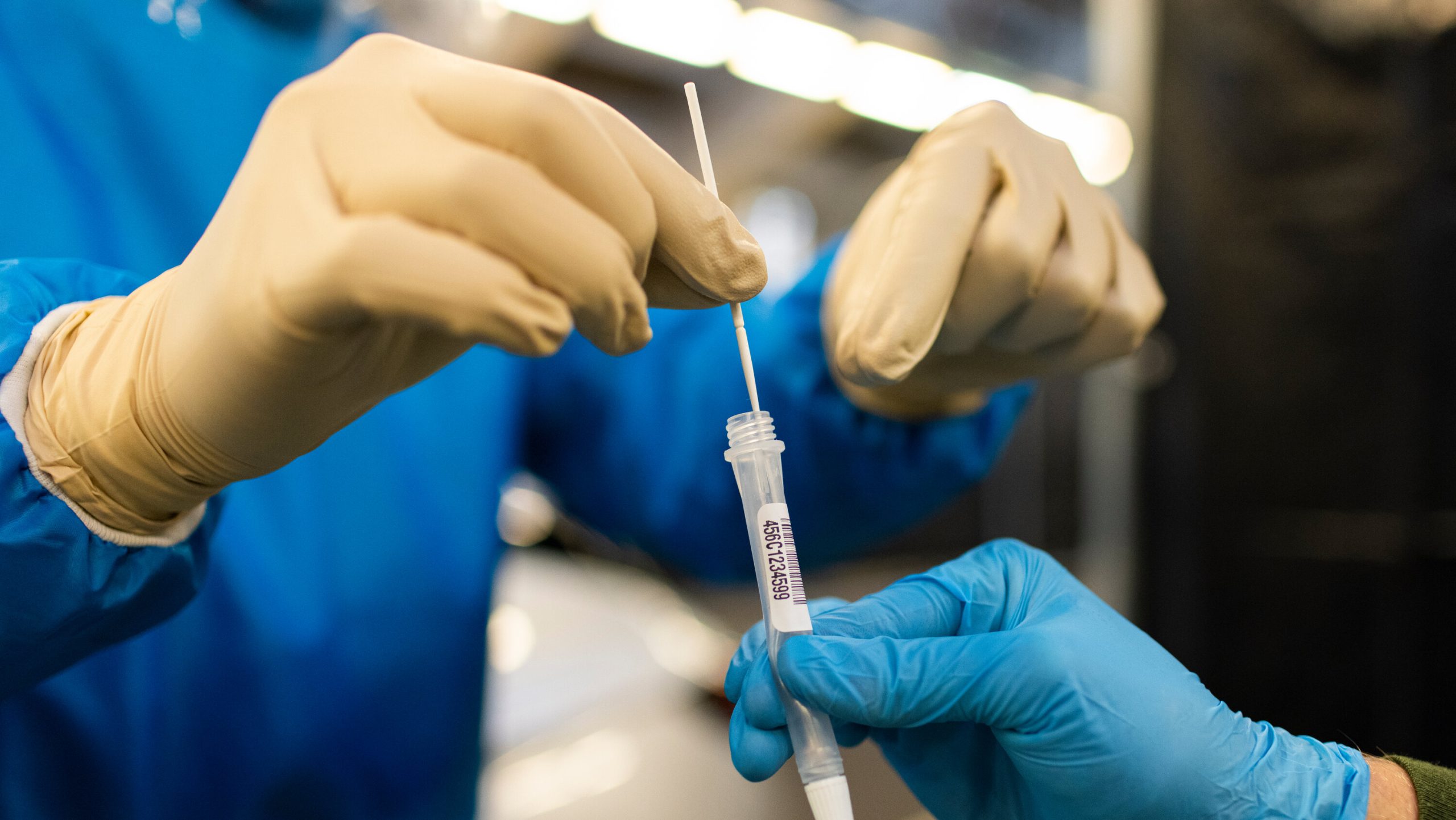Research from UNC Charlotte’s Center for Computational Intelligence to Predict Health and Environmental Risks (CIPHER) has determined that the new SARS-CoV-2 variants, BA.2.86 and JN.1, are not significantly better than the Omicron variant in evading immune responses or causing infections.
Despite these variants having numerous mutations compared to Omicron, their impact on public health appears minimal in terms of increased transmissibility or immune evasion.
Initially, the Omicron variant, along with its subvariants BA.2.86 and JN.1, raised concerns due to their high mutation rates. The original Omicron variant was particularly alarming due to its ability to evade immune responses and cause breakthrough infections, leading to fears that its subvariants might exhibit even greater transmissibility and immune evasion.

However, extensive computational analyses by the UNC Charlotte team revealed that BA.2.86 and JN.1 only show small and statistically insignificant changes in immune evasion and host-cell binding capabilities compared to earlier variants. These findings suggest that despite the high number of mutations, these subvariants do not pose a significantly greater threat than Omicron.
The research team conducted in silico analyses focusing on the Receptor Binding Domain (RBD) of SARS-CoV-2, comparing the binding affinity of neutralizing antibodies to the RBD among different variants. They also assessed the binding affinity of the variants to the ACE2 receptor in human cells.
Their results showed only minor changes in these binding affinities for BA.2.86 and JN.1, none of which were statistically significant, reinforcing the conclusion that these subvariants do not represent a substantial increase in immune evasion or transmissibility.
Further analysis revealed that many critical RBD residues are also antibody targets, making significant changes in the RBD unlikely without compromising the virus’s ability to bind to ACE2.
Consequently, evolutionary pressure has shifted towards other viral proteins outside the RBD, leading to mutations that may enhance viral replication and immune system evasion. As noted by researchers, future studies will need to focus on these external genes to understand their role in the virus’s evolution and impact on public health.
